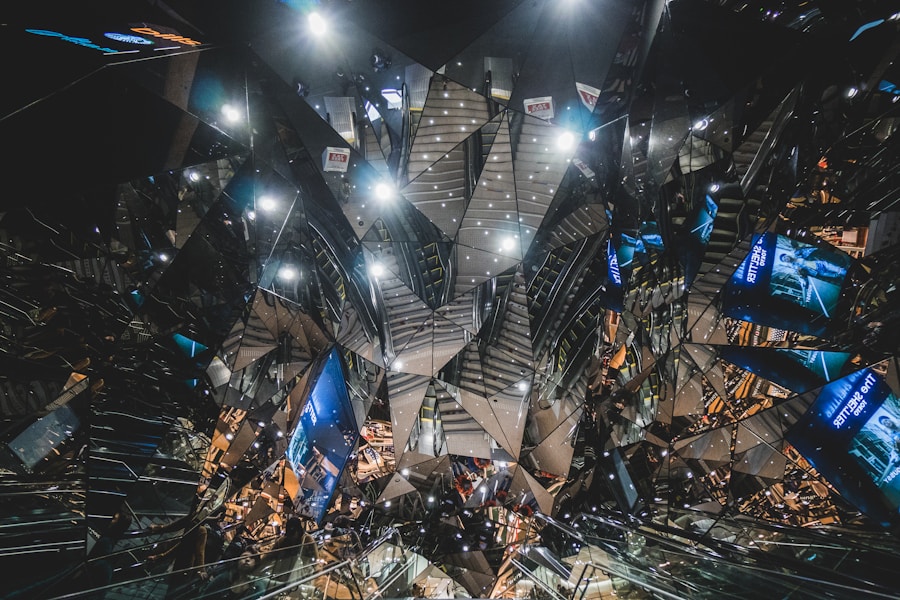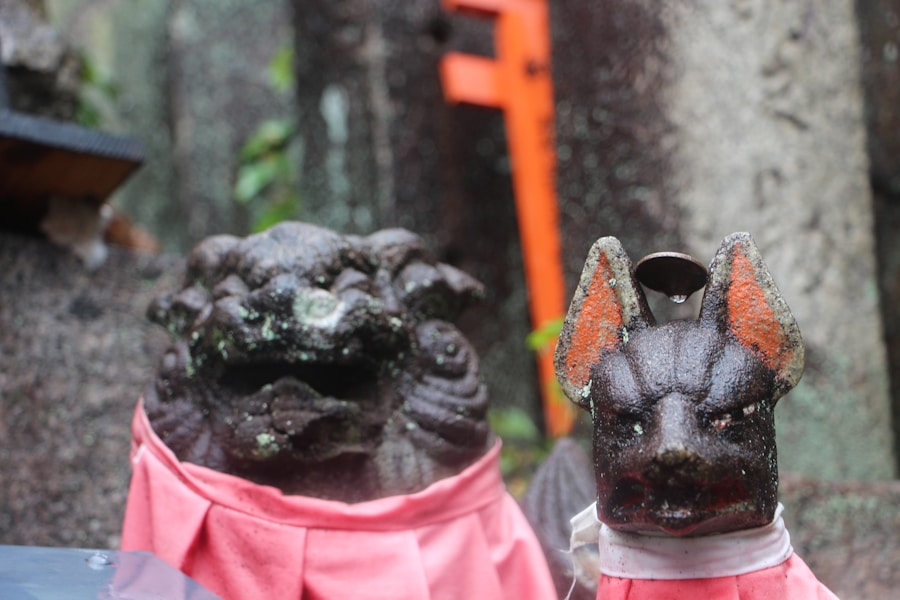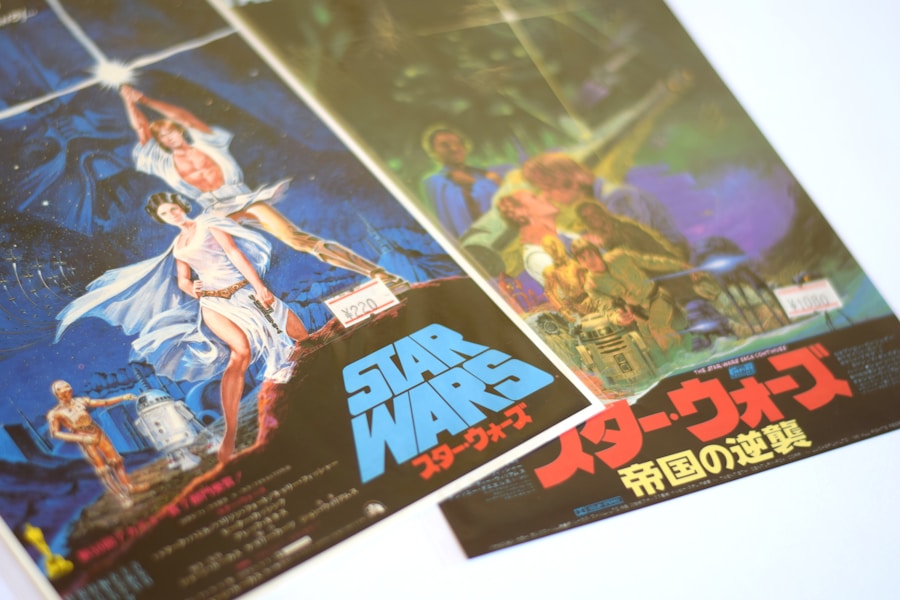As you delve into the world of Japanese cinema, particularly the Showa era, you will encounter a unique genre that has captivated audiences for decades: kaiju films. These monster movies, characterized by their larger-than-life creatures and epic battles, reached a pinnacle of creativity and storytelling during the Showa period, which spanned from 1954 to 1989. The finales of these films often serve as climactic moments that not only showcase the titanic struggles between monsters but also reflect the cultural anxieties and societal issues of the time.
You may find it fascinating how these finales encapsulate the essence of kaiju cinema, blending horror, camp, and groundbreaking special effects. In this exploration, you will uncover the layers of meaning behind these finales, examining how they evoke fear, transition into campy humor, and influence pop culture. You will also gain insight into the special effects that brought these colossal creatures to life and the critical reception that shaped their legacy.
By understanding the evolution of Showa-era kaiju finales, you will appreciate their lasting impact on modern cinema and their role in shaping the genre as a whole.
Key Takeaways
- Showa-Era Kaiju Finales marked the end of an era in Japanese monster movies, characterized by epic battles and dramatic conclusions.
- The Horror of Showa-Era Kaiju Finales was often depicted through destruction, chaos, and the fear of the unknown, reflecting societal anxieties of the time.
- Transition to Camp in Showa-Era Kaiju Finales saw a shift towards more lighthearted and comedic elements, adding a new layer of entertainment to the genre.
- Influence of Pop Culture on Showa-Era Kaiju Finales can be seen in the incorporation of popular trends, themes, and references to other media in the films.
- The Role of Special Effects in Showa-Era Kaiju Finales was crucial in bringing the giant monsters to life and creating awe-inspiring action sequences.
- Criticism and Reception of Showa-Era Kaiju Finales varied, with some praising the spectacle and creativity, while others criticized the formulaic nature of the films.
- Legacy of Showa-Era Kaiju Finales in Modern Cinema can be seen in the continued popularity of kaiju movies and their influence on contemporary blockbusters.
- Conclusion: The Evolution of Showa-Era Kaiju Finales reflects the changing tastes and cultural influences of the time, leaving a lasting impact on the world of cinema.
The Horror of Showa-Era Kaiju Finales
The Monstrous Symbolism of Fear
The monstrous beings that emerge from the depths of the ocean or rise from the ashes of destruction symbolize humanity’s deepest fears—nuclear annihilation, environmental catastrophe, and the loss of control over nature.
A Commentary on War and Devastation
In films like “Godzilla” (1954), the finale is not just a battle; it is a poignant commentary on the horrors of war and the devastation wrought by atomic bombs. As you watch Godzilla rampage through Tokyo, you can feel the palpable tension and dread that permeates each scene. The horror is further amplified by the sheer scale of destruction depicted in these finales. Buildings crumble, cities burn, and innocent lives are lost in the chaos.
A Cathartic Release of Societal Fears
You may find yourself grappling with a sense of helplessness as you witness these titanic clashes. The emotional weight of these moments is not merely for shock value; it serves as a reflection of societal fears during a time when Japan was still reeling from the aftermath of World War II and grappling with its identity in a rapidly changing world. The finales become a cathartic release for audiences, allowing them to confront their fears through the lens of fiction.
Transition to Camp in Showa-Era Kaiju Finales

As you journey through the Showa-era kaiju films, you will notice a significant shift in tone as the years progressed. What began as a serious exploration of horror gradually transitioned into a more campy and playful approach. This evolution can be attributed to various factors, including changing audience expectations and the desire to keep the franchise fresh and engaging.
By the late 1960s and into the 1970s, kaiju films began to embrace a lighter tone, often incorporating humor and absurdity into their finales. You might find this transition both surprising and delightful. Films like “Son of Godzilla” (1967) and “Godzilla vs.
Megalon” (1973) exemplify this shift, featuring whimsical elements such as childlike characters and outlandish scenarios. The once terrifying monsters became more relatable and even endearing, inviting audiences to laugh rather than cower in fear. This campy approach allowed filmmakers to explore new narratives while still delivering thrilling monster battles.
You may even find yourself chuckling at the absurdity of a giant monster engaging in a dance-off or teaming up with a human protagonist to save the day.
Influence of Pop Culture on Showa-Era Kaiju Finales
| Kaiju Film | Release Year | Box Office Gross | Pop Culture Influence |
|---|---|---|---|
| Godzilla vs. Destoroyah | 1995 | 10.1 million | Introduced the concept of Godzilla’s death and nuclear meltdown |
| Mothra vs. Godzilla | 1964 | 4.5 million | Popularized the concept of kaiju crossover battles |
| Terror of Mechagodzilla | 1975 | 2.3 million | Introduced the character of Titanosaurus and influenced future kaiju designs |
The influence of pop culture on Showa-era kaiju finales cannot be overstated. As you explore these films, you will see how they reflect and respond to contemporary trends, societal changes, and audience preferences. The kaiju genre became a cultural phenomenon in Japan and beyond, inspiring countless parodies, merchandise, and references in other media.
You may recognize how iconic characters like Godzilla have transcended their cinematic origins to become symbols of resilience and environmental awareness. Moreover, these finales often incorporated elements from other popular genres, such as science fiction and fantasy. You will notice how filmmakers experimented with different themes and styles, drawing inspiration from global cinema while maintaining a distinctly Japanese identity.
This blending of influences not only enriched the narratives but also expanded the appeal of kaiju films to diverse audiences. As you engage with these finales, you will appreciate how they serve as a mirror reflecting the zeitgeist of their time while simultaneously shaping future pop culture.
The Role of Special Effects in Showa-Era Kaiju Finales
One cannot discuss Showa-era kaiju finales without acknowledging the groundbreaking special effects that brought these colossal creatures to life. As you watch these films, you will be amazed by the ingenuity and creativity that went into creating such memorable visuals using practical effects. From suitmation techniques to miniature sets, filmmakers pushed the boundaries of what was possible with the technology available at the time.
You may find yourself marveling at how these effects contributed to the overall experience, immersing you in a world where giant monsters roamed freely. The special effects not only enhanced the visual spectacle but also played a crucial role in conveying emotion and tension during climactic moments. The destruction depicted in these finales was not merely for show; it was designed to evoke genuine reactions from audiences.
You might feel your heart race as buildings topple or your breath catch as two titans clash in an epic showdown. The artistry behind these effects created a sense of realism that allowed viewers to suspend disbelief and fully engage with the story unfolding before them.
Criticism and Reception of Showa-Era Kaiju Finales

Divided Opinions on Artistic Merit
Despite their enduring popularity, Showa-era kaiju finales have faced criticism for their perceived decline in artistic merit. Critics argue that as the series progressed, it lost its initial depth and gravitas, with a focus on humor detracting from the powerful messages that characterized earlier films. However, others see this evolution as a natural progression that reflects changing societal attitudes toward fear and entertainment.
Shifting Audience Reception
The reception of kaiju films varied significantly over time. Early films were met with awe and reverence for their innovative storytelling and special effects, while later installments faced scrutiny for perceived silliness or lack of substance. Despite mixed reviews, these films maintained a loyal fanbase that appreciated their charm and entertainment value.
Insights into Public Perception and Genre Trajectory
Engaging with this discourse provides valuable insights into how public perception can shape a genre’s trajectory. It highlights that what resonates with one audience may not resonate with another, and that the evolution of a genre is often a reflection of changing societal attitudes and values.
Legacy of Showa-Era Kaiju Finales in Modern Cinema
The legacy of Showa-era kaiju finales is evident in modern cinema, where their influence can be seen across various genres and styles. As you explore contemporary films, you will notice how filmmakers draw inspiration from these classic monster movies, whether through homage or direct references. The resurgence of kaiju films in recent years—such as “Kong: Skull Island” (2017) and “Godzilla: King of the Monsters” (2019)—demonstrates that audiences continue to be captivated by these colossal creatures.
Moreover, you may find that the themes explored in Showa-era kaiju finales remain relevant today. Issues such as environmental degradation, nuclear anxiety, and humanity’s relationship with nature are still pressing concerns that resonate with modern audiences. Filmmakers have adapted these themes for contemporary narratives while retaining the spirit of what made kaiju films compelling in the first place.
As you reflect on this legacy, you will appreciate how these finales have paved the way for new stories while honoring their roots.
The Evolution of Showa-Era Kaiju Finales
In conclusion, your exploration of Showa-era kaiju finales reveals a rich tapestry woven from horror, humor, cultural commentary, and groundbreaking special effects. These climactic moments not only defined an era of cinema but also reflected societal anxieties and evolving audience expectations. As you consider their legacy in modern filmmaking, it becomes clear that these finales have left an indelible mark on pop culture.
The evolution from horror to camp illustrates how art can adapt to changing times while still resonating with audiences on multiple levels. Whether you are drawn to the chilling terror of early kaiju films or the playful absurdity of later installments, there is no denying that Showa-era kaiju finales have shaped our understanding of monsters on screen. As you continue your journey through cinema history, carry with you an appreciation for these iconic moments that continue to inspire filmmakers and audiences alike.
